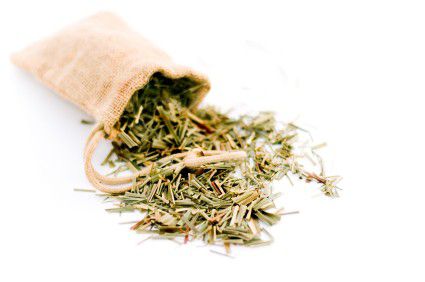Natural Remedy for Pink Eye (Conjunctivitis)
Common Illness in Children
Pinkeye (also called conjunctivitis) is redness and swelling of the conjunctiva, the mucous membrane that lines the eyelid and eye surface. The lining of the eye is usually clear. If irritation or infection occurs, the lining becomes red and swollen.
Pinkeye is very common. It usually is not serious and goes away in 7 to 10 days without medical treatment.
Common symptoms of pinkeye are:
- Eye redness (hyperemia).
- Swollen, red eyelids.
- More tearing than usual.
- Feeling as if something is in the eye (foreign-body sensation or keratoconjunctivitis).
- An itching or burning feeling.
- Mild sensitivity to light (photophobia).
- Drainage from the eye.
Most cases of pinkeye are caused by:
- Infections caused by viruses or bacteria.
- Dry eyes from lack of tears or exposure to wind and sun.
- Chemicals, fumes, or smoke (chemical conjunctivitis).
- Allergies.
Viral and bacterial pinkeye are contagious and spread very easily. Since most pinkeye is caused by viruses for which there is usually no medical treatment, preventing its spread is important. Poor hand-washing is the main cause of the spread of pinkeye. Sharing an object, such as a washcloth or towel, with a person who has pinkeye can spread the infection. For tips on how to prevent the spread of pinkeye, see the Prevention section of this topic.
People with infectious pinkeye should not go to school or day care, or go to work until symptoms improve.
- If the pinkeye is caused by a virus, the person can usually return to day care, school, or work when symptoms begin to improve, typically in 3 to 5 days. Medicines are not usually used to treat viral pinkeye, so it is important to prevent the spread of the infection. Pinkeye caused by a herpes virus, which is rare, can be treated with an antiviral medicine. Home treatment of viral pinkeye symptoms can help you feel more comfortable while the infection goes away.
- If the pinkeye is caused by bacteria, the person can usually return to day care, school, or work 24 hours after an antibiotic has been started if symptoms have improved. Prescription antibiotic treatment usually kills the bacteria that cause pinkeye.
Pinkeye may be more serious if you:
- Have a condition that decreases your body’s ability to fight infection (impaired immune system).
- Have vision in only one eye.
- Wear contact lenses.
Red eye
Red eye is a more general term that includes not only pinkeye but also many other problems that cause redness on or around the eye, not just the lining. Pinkeye is the main cause of red eye. Red eye has other causes, including:
- Foreign bodies, such as metal or insects. For more information, go to the topic Objects in the Eye.
- Scrapes, sores, or injury to or infection of deeper parts of the eye (for example, uveitis, iritis, or keratitis). For more information, go to the topic Eye Injuries.
- Glaucoma. For more information, go to the topics Eye Problems, Noninjury or Glaucoma.
- Infection of the eye socket and areas around the eye. For more information, go to the topicEye Problems, Noninjury.
Swollen, red eyelids may also be caused by styes, a lump called a chalazion, inflammation of the eyelid (blepharitis), or lack of tears (dry eyes).
Natural Remedy for Pink Eye Recipe with Chamomile Tea
- Paper towel
- Water
- Dropper
- Cotton ball
- Chamomile tea
- Honey
Making a cup of tea is more useful than you think. Using Chamomile tea to ease Pink Eye is a great natural remedy.
Make your tea like normal, putting a tea bag into a cup of boiled water. Once your tea has steeped, remove tea bag and add honey to your cup. After the tea has COMPLETELY cooled, use a dropper to drop a few drops into each eye. With a paper towel (1 for each eye) wipe from the inside (close to your nose) out. You can also fold a few separate paper towels. You should start to see an improvement with in 24 hours.




